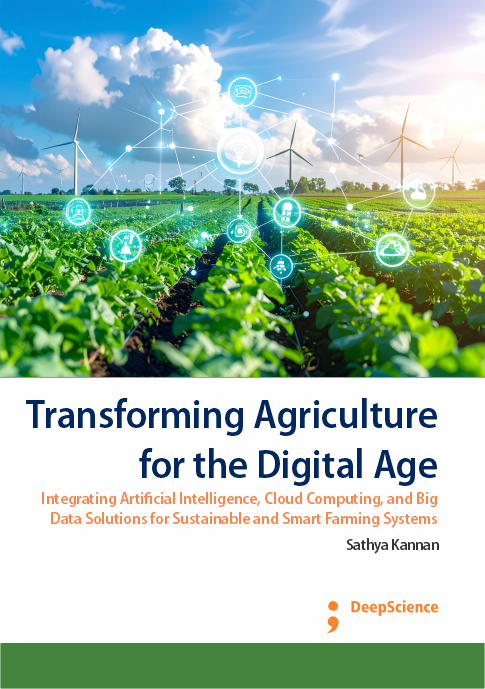Exploring the impact of healthcare and pharmaceutical advances on agriculture
Synopsis
Advances in healthcare and pharmaceuticals play a major role in improving social, economic, and agrarian development across the globe. Healthier individuals—especially agricultural workers—show improved labor productivity and management abilities. Consumers with better knowledge of health, disease, and nutrition are able to demand new foods, stimulating new agricultural production and economic growth. Finally, as increased life expectancy creates an aging population that survives longer years, medical and health-related needs generate new demand for nonstaple food products, such as flowers and other ornamental goods, resulting in further economic and agricultural development. The work presented explores the effects of health and pharmaceutical advances on the agricultural sector and how agriculture generates a positive contribution to health (Pretty & Bharucha, 2015; Jeyaraj et al., 2016; Munir et al., 2020). In this paper we highlight several aspects of the interaction between health, pharmaceuticals, and agriculture, including both positive and negative links, and attempt to provide some empirical foundations for our explorations. Our goal is to show you, the reader, how the experimental evidence supports the idea that pharmaceutical and healthcare advances do have a significant and positive impact on agriculture, especially on developing nations. We present an overview of the various concepts and empirical findings about the interaction between health and agriculture, providing much of the theoretical background needed, in a systematic way. This survey neither attempts to be a completely exhaustive overview nor provides a comprehensive set of citations for previous work. Rather our treatment serves as a suitable introduction for researchers with an interest in the area.













